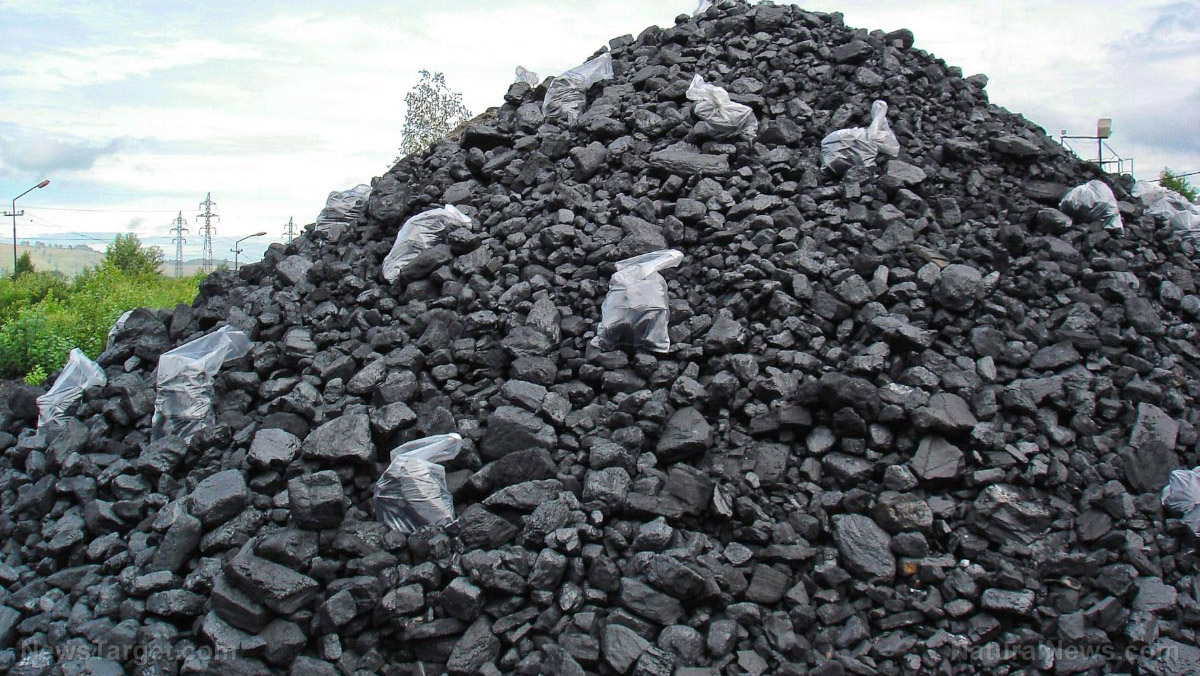 Parler
Parler Gab
Gab
A study published in the journal Environmental Health shows that commonly used fire retardants may increase children's risk of antisocial behavior. Researchers from Oregon State University and the Harvard T.H. Chan School of Public Health found that children with higher levels of exposure to certain types of flame retardants are more likely to exhibit antisocial behaviors like aggression, defiance, hyperactivity, inattention and bullying.
The flame retardants are used in furniture, mattresses, carpeting, electronics, vehicles and more. The chemicals are not bound in the material but added to the products, which causes them to get released into the air.
The link between fire retardants and children’s antisocial behavior
The most commonly used fire retardants are brominated diphenyl ethers (BDEs) and organophosphate-based flame retardants (OPFRs). Past studies linked BDEs and OPFRs to poor cognitive function and conditions like attention deficit hyperactivity disorder (ADHD) in children.
However, less is known about the relationship between these fire retardants and children's emotional and social health during early childhood, which is an important developmental period of learning.
"The social skills children learn during preschool set the foundation for their success in school, and also for their social and emotional health and well-being later in life," said Shannon Lipscomb, an associate professor of human development at Oregon State University-Cascades and the first author of the study.
For their study, Lipscomb and her colleagues recruited 92 preschool children to wear a silicone wristband for a week to measure their exposure levels to OPFRs and polybrominated diphenyl ethers (PBDEs, a type of BDEs). The wristband had a porous surface that can absorb different types of chemicals in the environment.
The team asked the children's parents or primary caregivers to complete sociodemographic and home environment questionnaires. They also enlisted preschool teachers to complete behavior assessments for each participating child. In all, 69 children completed the study.
All of them were exposed to some level of fire retardants. After controlling for differences in family demographics, home learning environments and adversity, the researchers found that those exposed to higher levels of OFPRs displayed less responsible behavior and more aggression, defiance, hyperactivity, inattention and bullying behaviors. Meanwhile, the children exposed to higher levels of PBDEs were less assertive. (Related: Flame retardant exposure during pregnancy lowers IQ in children.)
"This suggests that flame retardants may have a unique effect on development apart from the effects of children's early social experiences," Lipscomb said.
The researchers plan to follow up their research with a long-term study that will examine the effect of fire retardants on children’s social skill development. They also recommended more studies that will explore the link between fire retardants and children's development.
How to minimize exposure to fire retardants
Fire retardants are almost everywhere. They're found in furniture, baby products like changing pads, electronics and more. Check out the following tips to minimize your exposure to fire retardants:
- Check furniture labels. Look for the label that says, "Contains no added flame retardants."
- Check kids' product labels. Products that meet the California Technical Bulletin 117 flammability standard likely contain toxic fire retardants.
- Avoid products with polyurethane foam. Most foams of this kind contain fire retardants.
- Dust regularly. Foams shed small clumps of dust that can accumulate into dust bunnies. Use a wet mop or a vacuum with a high-efficiency particulate air (HEPA) filter to minimize the escape of dust.
- Wash hands regularly. Handwashing prevents dust from attaching to your child's fingers and food.
Commonly used fire retardants are almost everywhere in the environment. Follow these tips to minimize your family's exposure to fire retardants and support your child's healthy development.
Learn more about the dangers of fire retardants and other toxic chemicals at Toxins.news.
Sources include:
Deborah Birx hid covid info from Trump, altered CDC guidelines without approval
By Ethan Huff // Share
Germany’s birth rate improbably falls by 11% in the first quarter of 2022
By Lance D Johnson // Share
By Mary Villareal // Share





